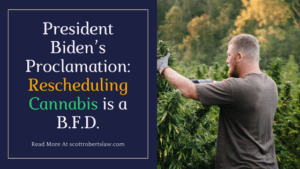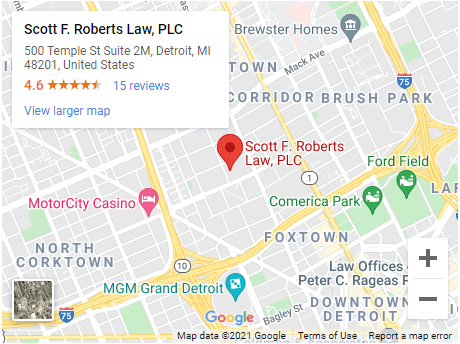Earlier this year, the Michigan Department of Agriculture and Rural Development (MDARD) launched an industrial hemp pilot program. MDARD recently released the emergency rules related to the testing procedures of industrial hemp. Plants must contain less than 0.3% THC concentration by weight to comply with the statute and all non-compliant strains must be destroyed.
According to the emergency rules, Michigan hemp growers must collect samples in a sawtooth pattern, which will give testers a representative sample of the entire strain contained within a plot. Each sample should be separately bagged, but samples from the same strain and same plot will be tested together. Because even one plant that contains over 0.3% of THC can cause a plot to fail, growers must consider the risk of loss and take steps to mitigate that risk. Even if an industrial hemp strain has previously passed inspection with the THC testing below 0.3%, THC levels can fluctuate in each crop cycle.
There are many reasons a previously successful strain can become “hot,” which means the strain tests over the federal legal THC limit. Besides purposeful experimentation with cross breeding, plant stresses such as drought, flooding, excessive nutrients, not enough nutrients, heat, cold, etc. can also result in unforeseen THC spikes. Environmental factors are often beyond the scope of control of outdoor hemp growers, but the line between hemp and marijuana is non-negotiable according to the State. In another state that is testing a pilot program, Hawaii, the 2019 planting season has resulted in more than half of the hemp crops testing above the legal limit due to environmental factors. Nearly all of the Hawaiian hot crops had to be destroyed, but State officials granted waivers to some crops that tested just slightly above the limit. At this time, the State of Michigan does not allow such waivers.
Here in Michigan, industrial hemp growers must always take into account typical crop risks such as hailstorms and bug infestations, but how can growers fight against the risk of loss from a “hot” hemp crop? First, growers should create small testing areas. The smaller the plots, the lower the risk of mandated destruction. Although growers will pay for more testing over time, smaller plot sizes may be the only crop insurance a grower is able to obtain, especially if growing for CBD. Strains that are grown for CBD tend to have higher THC levels, which means a much higher risk of loss.
Michigan industrial hemp cultivators may also choose to grow many different strains on one plot of land instead of having smaller plots. This tactic has potential to create the best return on a harvest because the more strains a grower has, the less likely it is that a grower could lose plants to destruction. Growers utilizing this tactic should keep different strains separate and identifiable. Although only one plant that tests over the limit can result in destruction, MDARD will only order that particular strain within a tested plot to be destroyed, saving the rest of the plotted harvest. If a grower has many strains on a plot, destruction becomes less likely. This strategy can be used to mitigate risk of loss as growers wouldn’t have all of their eggs in one basket.
Second, growers must carefully select when to send in samples for testing. Industrial hemp harvest is time sensitive because THC levels rise as the plants remain in the ground. Plants must be harvested soon after receiving test results so growers must be careful not to test too early, but waiting too long to test can result in destruction of the entire plot, costing the farmer thousands of dollars.
Finally, if growers wish to reduce the amount of testing, but also want to mitigate the risk of loss from a hemp crop testing “hot”, growers should start small. Costs of growing industrial hemp can be high and industrial hemp is a particularly labor intensive crop, at least compared to traditional row crops that most Michigan farmers are used to. This is in part caused by the fact that much of the hemp cultivation process is not yet “industrialized”, meaning work that could be done by a machine for other crops need to be done by hand for industrial hemp.
In order to succeed in the long term without taking on too much risk, Michigan industrial hemp growers could perfect the growing of industrial hemp on smaller plots before scaling up to larger plots and bigger crop yields. Growers should be aware that the industry has other built in costs that will affect even a successful harvest. For example, some processors will not take harvests unless they have verified the seeds first, banks may refuse to provide lending or even banking, and crop insurance is difficult (but not impossible) to obtain. However, if a grower of industrial hemp is successful at mitigating the risk of loss, he or she should expect a high return on their yield compared to traditional Michigan row crops such as corn or soybeans.




